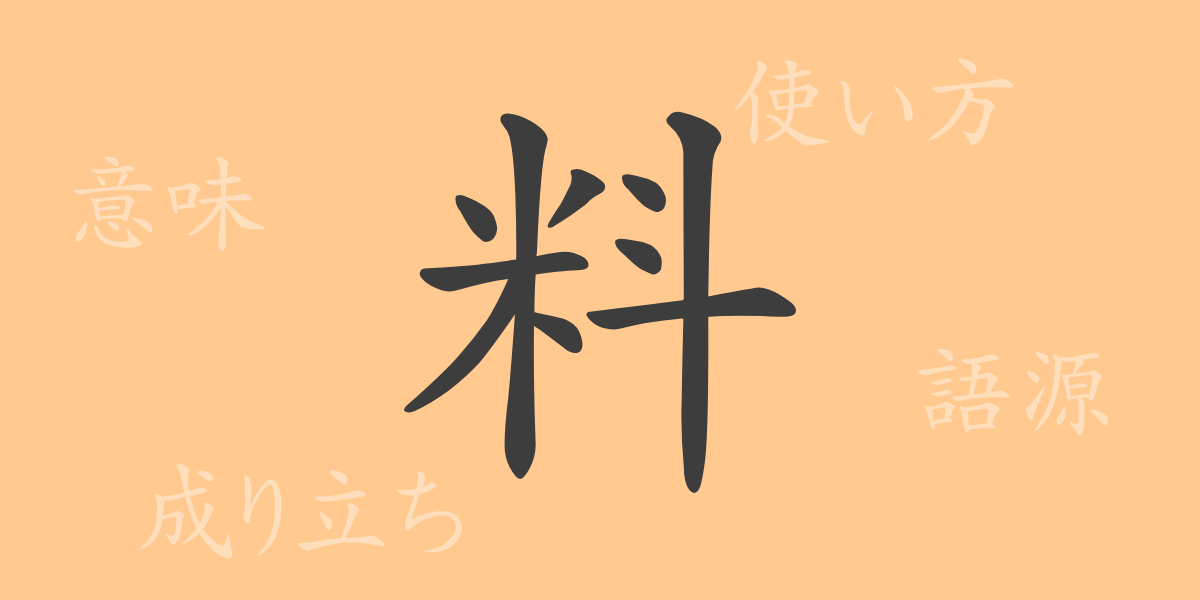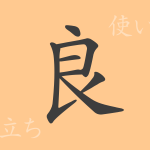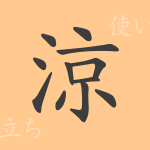The beauty of the Japanese language is reflected in its delicate characters. Each kanji (漢字: kanji) carries a deep history and meaning, and understanding them allows you to appreciate the depth of the language even more. Today, we will spotlight the commonly used kanji (漢字: kanji) “料” (りょう: ryo) and delve into its origins, meanings, and usage. How does this kanji (漢字: kanji), which is closely related to our daily lives through words like “料理” (りょうり: ryouri) and “料金” (りょうきん: ryoukin), hold its secrets?
The Origins of 料 (りょう: ryo)
The kanji (漢字: kanji) “料” (りょう: ryo) has its roots in ancient China. Originally, it was derived from pictographs representing the measurement of grains, and it evolved to mean measuring things with time and effort. “料” (りょう: ryo) is composed of “斗” (と: to), which represents a measuring tool for rice, and “米” (べい: bei), which signifies rice. This combination later took on an abstract meaning, referring to measuring and estimating various things.
Meaning and Usage of 料 (りょう: ryo)
In modern Japanese, the meaning of “料” (りょう: ryo) primarily refers to “the cost or materials needed to do something” or “things required to perform a certain task.” It is used in a wide range of words such as “料金” (りょうきん: ryoukin) for fees, “料理” (りょうり: ryouri) for cooking, and “材料” (ざいりょう: zairyou) for materials, each carrying different nuances depending on the context. It is also used to imply calculation or estimation.
Reading, Stroke Count, and Radical of 料 (りょう: ryo)
The kanji (漢字: kanji) “料” (りょう: ryo) is a commonly used character in various contexts in Japan.
- Reading: The on’yomi (音読み: onyomi) is “リョウ” (りょう: ryo), and there is no specific kun’yomi (訓読み: kunyomi).
- Stroke count: “料” (りょう: ryo) has 10 strokes.
- Radical: The radical of “料” (りょう: ryo) is “斗” (と: to).
Idioms, Proverbs, and Expressions Using 料 (りょう: ryo)
There are numerous idioms, proverbs, and expressions in Japanese that include “料” (りょう: ryo). For example, “料理” (りょうり: ryouri) means cooking or preparing food, “料金” (りょうきん: ryoukin) refers to fees paid for services or goods, “心得違い” (こころえちがい: kokoroechigai) means misunderstanding the essence of something, and “未料” (みりょう: miryou) refers to something unexpected. These expressions showcase the rich expressive power of the Japanese language.
Summary of 料 (りょう: ryo)
The kanji (漢字: kanji) “料” (りょう: ryo) has a diverse history and meaning, from its formation to its modern usage. Understanding this frequently used character in daily life is highly beneficial for deepening your understanding of Japanese. From familiar words like “料理” (りょうり: ryouri) and “料金” (りょうきん: ryoukin) to metaphorical expressions like “心得違い” (こころえちがい: kokoroechigai), “料” (りょう: ryo) is an indispensable element in Japanese communication. We hope this article has helped you appreciate the profound world of “料” (りょう: ryo).
“`

























